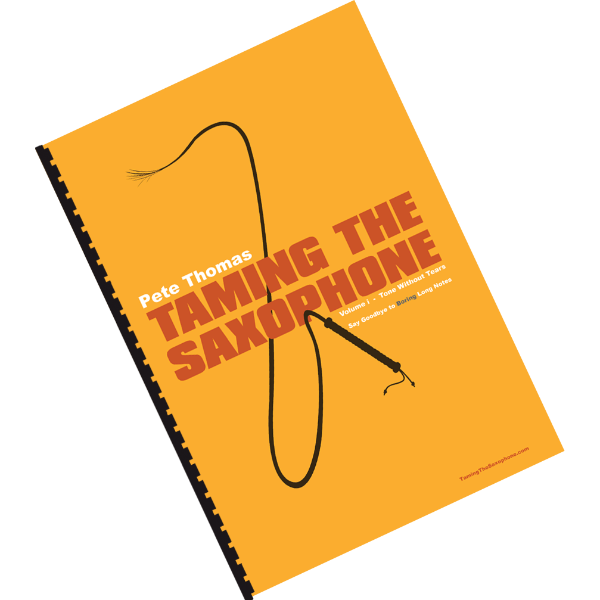Also see shaping & visualising your sound
How do we define those words?
There seems to be a lot of confusion about how we describe sound. It seems many people these days want what they call a dark sound, but when I delve deeper into what they mean, I realise it may not be the same as what I call a dark sound.
Dark or Bright?
I write a lot about saxophone sound, but there seems to be some confusion over terminology, which got me thinking…Dark can be used to mean the same as warm, which some people think of as the opposite of bright.
But when I say dark I mean the opposite of light rather than bright (but you might think the opposite of light is heavy). As far as I’m concerned the opposite of a bright sound is a warm sound, but you might well think of a warm sound as the opposite of a cold sound. But then I call a cold tone what some people call a clear tone .
On the other hand some people might call that a focussed tone (or a tone that projects). But to some a focussed tone could be an edgy tone, a compact tone, or maybe even a centerd tone, (which are surely two different things) and then again to others it might be thin, the opposite of which you might say is fat, however it could be argued that this is unfocussed, which is the opposite of what some people call bright. Or you might like a big fat warm dark round sound, the opposite of which is…
Add to the dictionary!
EDIT:
Since writing this I have recently heard a few more descriptions of saxophone sounds, please everyone feel free to add to the list using the comments box below.
- Creamy
- Smooth
- Buzzy
- Smoky
Changing your sound
What happens if you aren’t happy with your sound? Adjust your embouchure:
The first thing that is worth trying is to make your sound more versatile, in other words this is something you can do by making your embouchure more versatile. Try taking in more or taking in less mouthpiece. In my experience most students have found that taking in a bit less can actually help you to get a wider tonal range (don’t believe what people say about it stifling the reed vibrations, that is another myth that needs busting). Having said that taking in more mouthpiece does often make the sound brighter.
Another thing to try is to add just a small, almost imperceptible, amount of growl to your sound. This isn’t as easy as it sounds but it if you do it subtly enough, people don’t hear it as a growl but as a kind of brighter edge to the sound. In order to master this concept you need to first get a really good grasp of doing a full on growl – then try long notes while gradually adding and moving the growl.
One more thing to try may sound a bit “new age” or alternative but it really can work for some people. That is to try and visualise the sound in your mind. The cover this on it’s own page about shaping and visualising your sound.
Change your equipment
I would only recommend this after you’ve exhausted the possibilities above re: adjusting the way you play. While it’s true some saxophones may have an inherently brighter or darker sound, the biggest influencer of the tone (after the player) is the mouthpiece. So the good news is that if, for example, you want a brighter sounding saxophone, then rather than immediately thinking you need to buy a new horn n it’s much simpler and cheaper to just try a different mouthpiece. And probably, even before doing that, trying different reeds may just do the trick.

